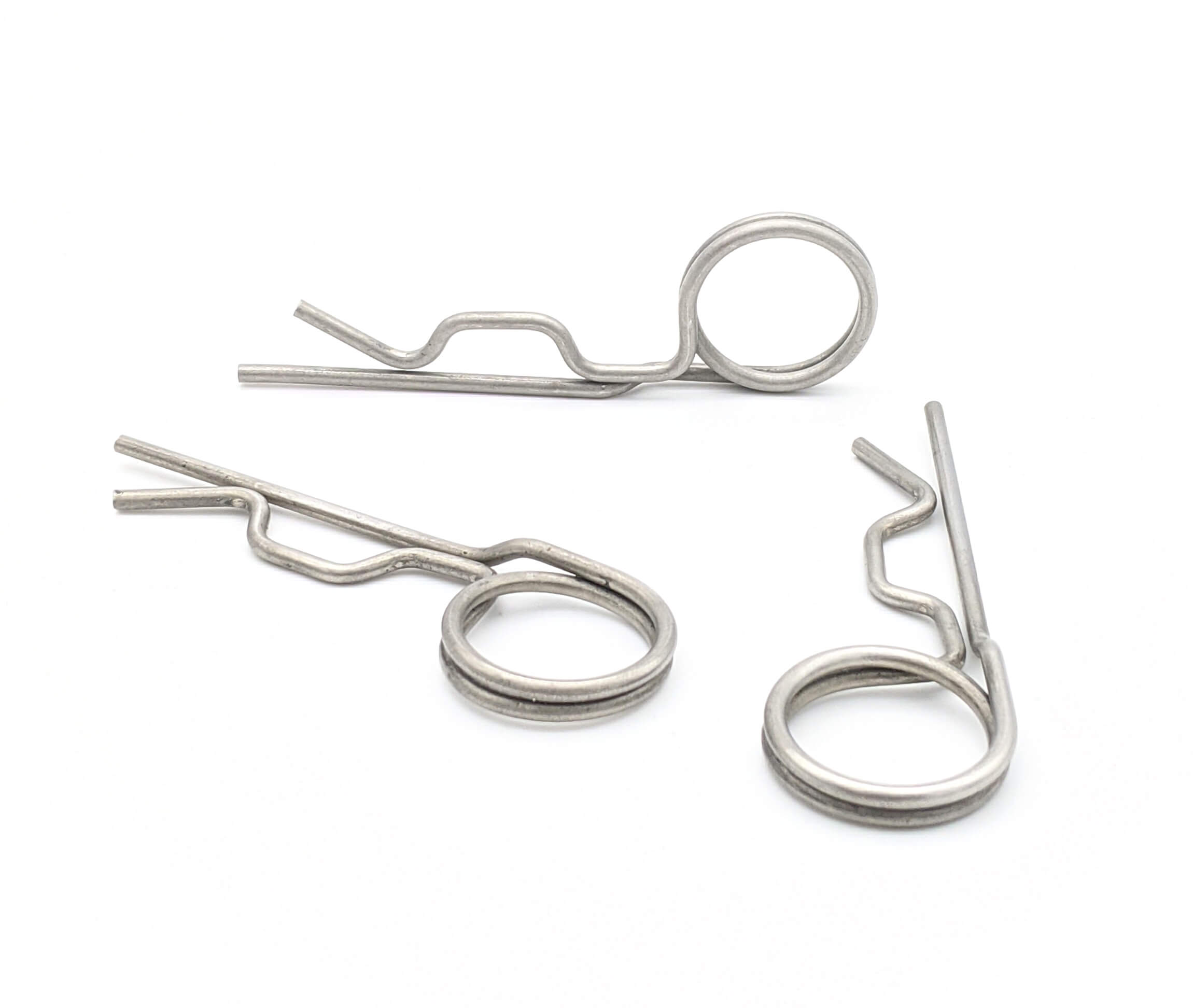Get unique, complex parts easily. No matter your requirements, Chaoyi Spring creates hard-to-produce coil springs and wire forms.
Let us help you create the custom wire form you need, from S-hooks and J-hooks to utility hooks and more.
We work closely with customers across a wide range of industries, helping them design and manufacture made-to-order parts.
Why choose Chaoyi Spring? We prioritize customer-focused collaboration, modern equipment and the latest technology to make your parts per print.
Find the information and guidance you need, from measuring a spring to learning about materials, placing an order and much more.
Imagine a world without compression springs. No bouncy car rides, no smooth-closing doors, no satisfying click of a pen. While often invisible, these coiled wonders are the silent workhorses that


Imagine a world without compression springs. No bouncy car rides, no smooth-closing doors, no satisfying click of a pen. While often invisible, these coiled wonders are the silent workhorses that power countless everyday objects. From the tiny springs in your phone to the massive ones in industrial machinery, compression springs are everywhere, silently performing their duty with remarkable resilience. This article delves into the fascinating world of compression springs, exploring their design, applications, and the remarkable physics that make them tick.

A compression spring, as its name suggests, is a helical spring designed to resist compression forces. When a load is applied, the spring shortens, storing potential energy. The key to a compression spring's functionality lies in its helical coil, which, when compressed, pushes back against the applied force. This pushback force, known as spring force, is directly proportional to the spring's compression, a relationship governed by Hooke's Law.
Compression springs are typically crafted from spring steel, known for its strength, elasticity, and resilience. However, materials like stainless steel, phosphor bronze, and even titanium are employed for specialized applications demanding corrosion resistance or specific conductivity. The design of a compression spring is a delicate dance of factors, including:
Compression springs are the workhorses of countless industries and everyday objects. Here are just a few examples:
The magic of a compression spring lies in its ability to store and release potential energy. This energy storage capacity is directly related to the spring's stiffness, measured as the spring constant (k). Hooke's Law, a fundamental principle in physics, describes this relationship:
F = -kx
Where:
The negative sign indicates that the force exerted by the spring opposes the direction of displacement. The greater the spring constant (k), the stiffer the spring, meaning it requires more force to compress it a given distance.
Compression springs come in various forms, each tailored to specific applications:
The widespread use of compression springs stems from their numerous benefits:
Selecting the appropriate compression spring for a given application requires careful consideration of several factors:
Compression springs are constantly evolving, with advancements in materials and manufacturing processes leading to smaller, lighter, and more efficient designs. The development of new alloys and composite materials promises even greater resilience, durability, and performance. As technology marches forward, the role of compression springs will likely expand further, finding new applications in emerging fields like robotics, aerospace, and energy storage.
From the simple act of opening a door to complex industrial processes, compression springs are the unsung heroes of everyday life. Their ability to store and release energy silently and reliably makes them indispensable in countless applications. Whether you're an engineer designing a complex machine or a homeowner fixing a squeaky door, understanding the principles of compression springs empowers you to appreciate and utilize these remarkable devices. As technology continues to advance, we can expect the humble compression spring to continue its reign as a vital component in a world of innovation.
Browse some of the custom wire forms and springs that we manufacture. Don’t see what you need? We specialize in made-to-order products that meet your application requirements.
Visit Our GalleryNeed a custom wire form or coil spring? We make it work. Fill out the contact form and a representative will respond within 1 business day. If you have a PDF or CAD file, you can submit to request a quote.